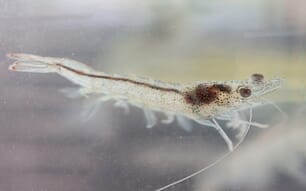Samples of tinned and wild-caught sardines were also below permitted levels where these have been set. The samples were also tested for Salmonella, but these bacteria were not identified in any of the samples.
The analyses were carried out in connection with the report entitled Environmental toxins and microorganisms in fish and fish products, 2010 which was commissioned from NIFES by the Norwegian Food Safety Authority.
Fourteen samples of fish oil, two of seal-oil and one of krill oil were analysed for dioxins, dioxin-like PCBs, PCB7, polybrominated flame retardants, metals (arsenic, cadmium, mercury and lead), perfluorinated alkyls and fat. Concentrations of all these substances were well below Norways upper limits.
The concentrations of PCB7 in oils varied from <0.1-88 microgram/kg. The highest concentrations comply with previous findings. The EU suggests an upper limit for PCB6 in oil for human consumption at 200 micrograms/kg from 1 January 2012. The concentrations of PCB6 varied from 0.1-83 microgram/kg
In most cases, concentrations of undesirable substances in tinned and wild-caught sardines were well within permitted limits.
A total of 15 tins were analysed, while 35 samples of wild-caught sardines came from catches made in the Trondheimfjord, Sognefjord, Hardangerfjord, Hgsfjord in the County of Ryfylke, Oslofjord and from among sardines caught in the North Sea.
Every year, NIFES monitors the content of undesirable substances in fish and other types of seafood on behalf of the Norwegian Food Safety Authority. Monitoring is based on random sampling and is organised in the form of a series of independent projects.
The results of each monitoring project are published in the form of individual reports, all of which are published on NIFESs web-site.
Marine Oils: Low Content Of Environmental Toxins
NORWAY - Research by the National Institute of Nutrition and Seafood Research (NIFES) has identified that concentrations of environmental toxins in fish oil, seal oil and krill oil are low, and under the upper limits set by Norway and the European Union.




